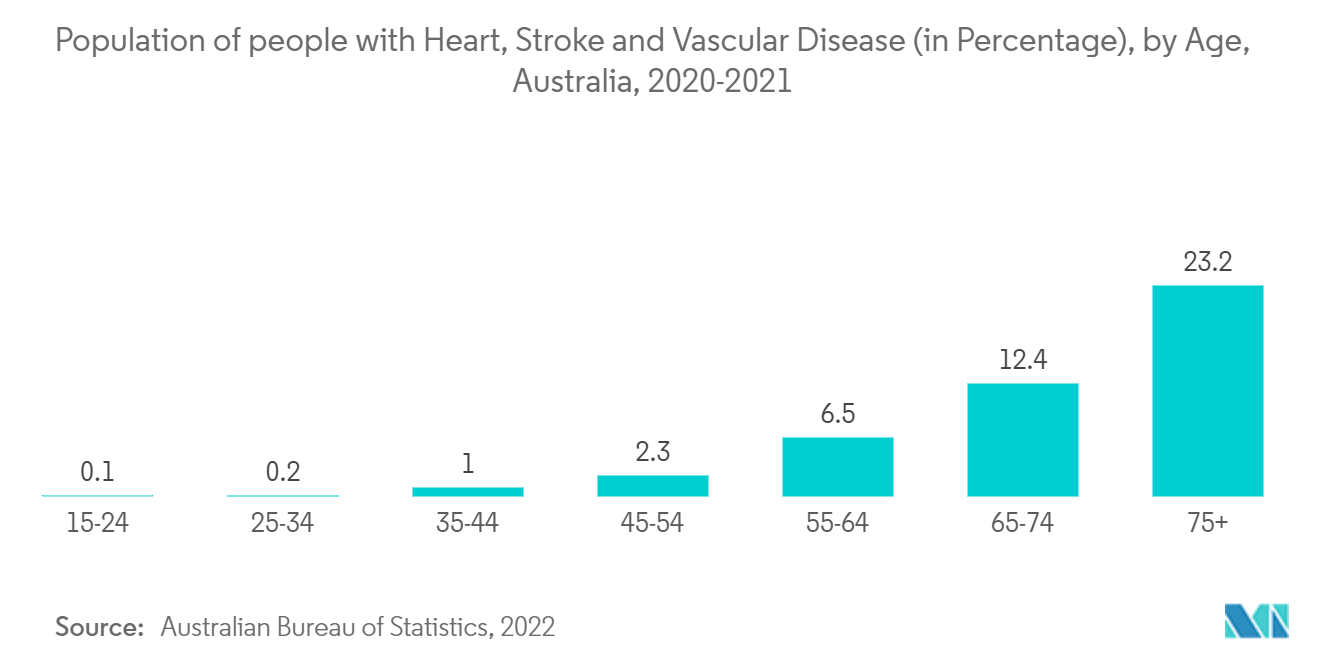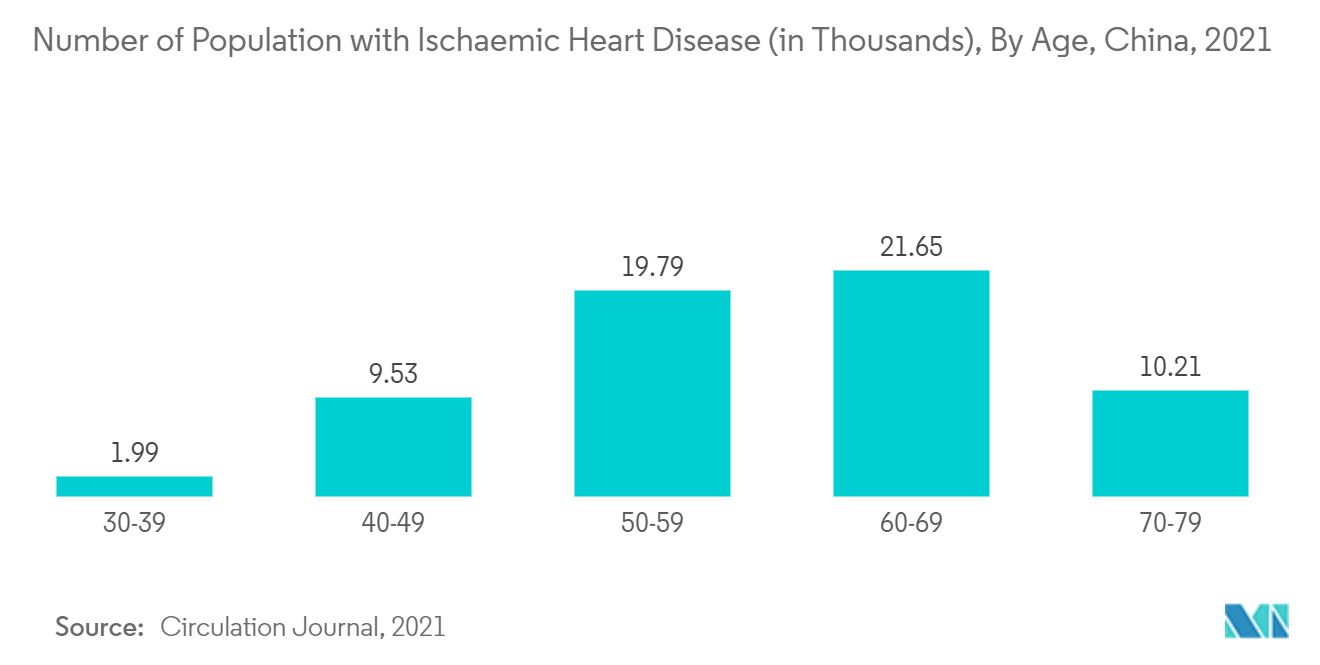Market Trends of Asia-Pacific Hemodynamic Monitoring Industry
This section covers the major market trends shaping the APAC Hemodynamic Monitoring Market according to our research experts:
Minimally Invasive Monitoring Systems is Expected to Hold High Market Share Over the Forecast Period
In the system segment of the market, minimally invasive monitoring systems are expected to have the largest market size and are expected to witness significant growth during the forecast period.
The minimally invasive systems help track stroke volume continuously and offer dynamic information on fluid responsiveness. Some systems assess volumetric preload variables, while others highlight the continuous measurement of central venous saturation with proprietary catheters. These variables of minimally invasive procedures and cardiac output deliver improved hemodynamic monitoring.
Moreover, there has been a recent advancement in echocardiography devices known as transesophageal echocardiography devices with a miniaturized probe, which are now used for continuous hemodynamic assessment. These monitoring systems have made hemodynamic calculations easier, gaining healthcare providers' attention and thus resulting in the segments' growth. Likewise, growth in the patient population is anticipated to have a positive impact on the segment's growth. For instance, as per Australian Bureau of Statistics data, in 2020-21, based on self-reported data from the National Health Survey, an estimated 571,000 Australians aged 18 and over (2.9% of the adult population) had coronary heart disease (CHD). With age, the frequency of CHD rises sharply, involving 1 in 9 (11%) persons aged 75 and above.
Thus, owing to the above-mentioned factors, the segment is expected to grow over the forecast period.

China is expected to dominate the Asia-Pacific Hemodynamic Monitoring Market Over the Forecast Period
China currently dominates the market for Asia-Pacific hemodynamic monitoring and is expected to continue its stronghold for a few more years. The growth of the hemodynamic monitoring market is most notable in China, owing to a significant number of market players, technologically advanced hospitals, an untapped patient population, and an increasing number of critically ill patients.
Congenital heart surgery (CHS) is frequently treated surgically and requires continuous cardiovascular and pulmonary monitoring for prompt identification and initiation of the treatment. According to the report released in May 2021 by Frontiers in Pediatrics, 61.3% of facilities performed fewer than 200 CHS cases, and 31.6% of all CHS cases were performed in limited facilities with a substantially lower volume than full-capacity facilities. Thus, for survival and the best clinical outcome, patients must have access to appropriate hospitals with congenital heart surgery (CHS) capabilities. As a result, it opens up attractive prospects for the major companies in the sector to enter the developing nation, which will help the market's overall expansion throughout the course of the study period. Therefore, such untapped opportunities are expected to increase the use of hemodynamic monitoring systems for cardiology applications within the country.
In addition, according to the China Cardiovascular Health and Disease Report 2021 released by the National Center for Cardiovascular Diseases, the number of people suffering from cardiovascular diseases in China is about 330 million. Thus, the growing incidence and prevalence of CVDs among the Chinese population will in turn boost the demand for effective monitoring of hemodynamic parameters during critical surgeries, ultimately bolstering the market demand for hemodynamic monitoring systems.
Therefore, such factors are expected to drive the growth of the market in the region in the future.


